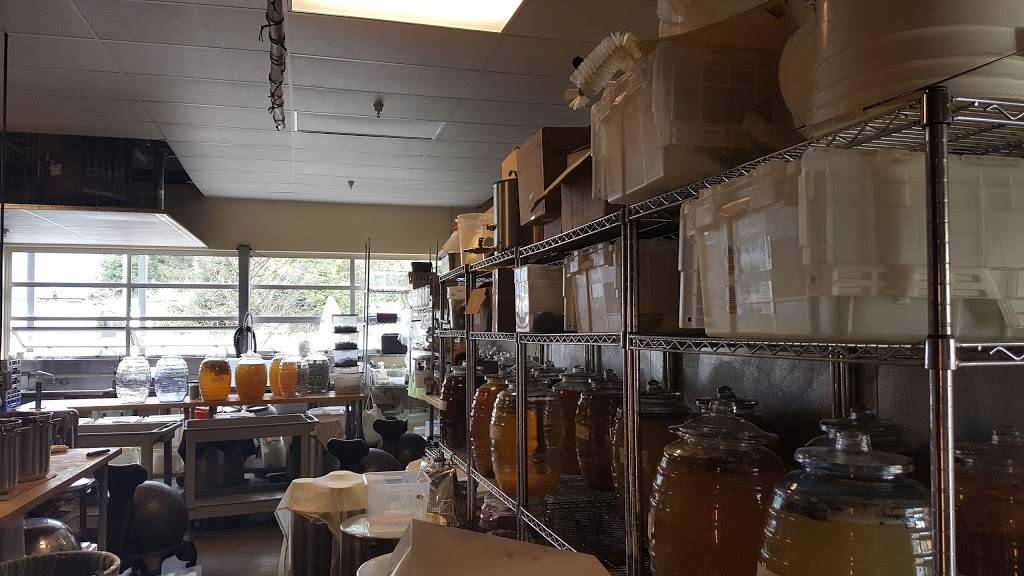
However, agriculture activities are also contributing to global warming by 10–14% of total global greenhouse gas emissions and 18% of the total methane is emitted from paddy rice fields. It is predicted that almost 51% of rice cultivation and production would be reduced during the next century due to global climate change. But, due to rapid climate change, many abiotic factors such as rainfall, drought, flooding, temperature and solar radiations are severely affecting the production of rice at various growth stages. In the current scenario of global climate change, the utmost desire to ensure food security is to maintain and increase agricultural production. Keywords: Cropping system model, DSSAT, Food security, Global climate model, Rice production, Systems analysis. These findings could assist with the implementation of adaptation strategies to mitigate the projected negative impact of climate change on rice production in Haiti. Although yield increased during the winter-spring season, the average annual yield was predicted to decrease by 3.6% to 7.1% and by 4.2% to 9.6% for the near-term and mid-century climate periods, respectively.

Under both RCPs (4.5 and 8.5), the simulation results indicated that the ensemble-mean rice yield decreased during the spring-summer and summer-autumn seasons (by 5.1% to 6.6% and by 5.4% to 8.3%, respectively) and increased during the winter-spring season (by 2.3% to 3.6%). Temperature (maximum and minimum) was predicted to increase during all three rice-growing seasons (spring-summer, summer-autumn, and winter-spring).

The Crop Estimation Resource and Environment Synthesis (CERES)-Rice model of the Decision Support for Agrotechnology Transfer (DSSAT) cropping system model was used to perform the simulations using local soil characteristics, meteorological data, and crop management following model calibration with local experimental data. The objective of this study was to determine the potential impact of climate change on rice yield in the Artibonite Valley of Haiti for future periods (near-term: 2010-2039 and mid-century: 2040-2069) under two Representative Concentration Pathways (RCPs 4.5 and 8.5) defined by the Fifth Assessment Report of the Intergovernmental Panel on Climate Change (IPCC). Crop management, poor soil conditions, and weather uncertainty affect rice production in this region. Rice (Oryza sativa) is one of the major crops in the world and one of the most consumed agricultural products in Haiti, with the main production area in the Artibonite Valley. MarkSim climate data linked with DSSAT provide a means to simulate climate change impacts on crop yield.Ībstract. The average annual rice yield in the Artibonite Valley is expected to decrease. Rice yield decreased in the spring-summer and summer-autumn seasons and increased in the winter-spring season. This type of information is also a potential resource available to farmers to make informed decisions on timely cultivation adjustments and variety selections for specific climatological areas. Regionally, earlier SSd, later SMd, longer PGS, and larger GAT10 values were projected for southern regions in Guangdong, Guangxi, and Hainan.

In addition, as the climate continued to warm, GAT10 levels would likely continue in an upward trend and were predicted for 2081–2095 to reach 500–2500 ☌ A comparison of the relative contributions of SSd and SMd to PGS indicated that higher levels of SMd contributed prominently in the PGS increase. Within these same periods using RCP8.5, PGS advanced 1–50, 31–90, 41–90, and 51–90 days, respectively. A comparison of RCP4.5 and RCP8.5 scenarios indicated that SSd advanced by 1–39 and 1–49 days in 2081–2095 relative to the baseline period of 2001–2015 while SMd was postponed by 11–60 and 11–70 days, respectively. The trends predicted were advancements in SSd and delays in SMd across major areas of China. The thermal indices of secure sowing date (SSd), secure maturation date (SMd), potential growing season (PGS), and growing accumulated temperature ≥ 10 ☌ (GAT10) were explored in future sub-periods under two greenhouse gas emission scenarios (RCP4.5 and RCP8.5). The use of high-resolution projections derived from statistical downscaled global climate models and dynamic downscaled regional climate models can assist in maximizing yield for double-season rice. Maintaining the current levels of rice production in the face of future climate changes is an enormous challenge for agriculture.


 0 kommentar(er)
0 kommentar(er)
